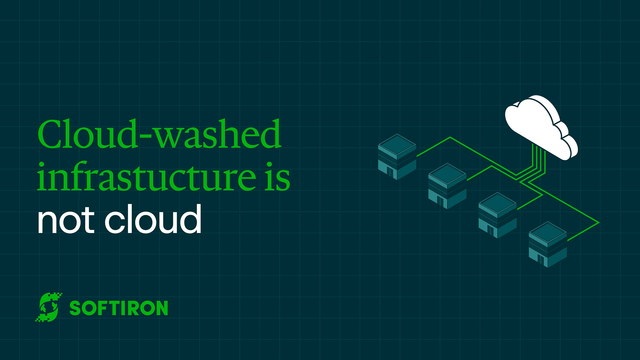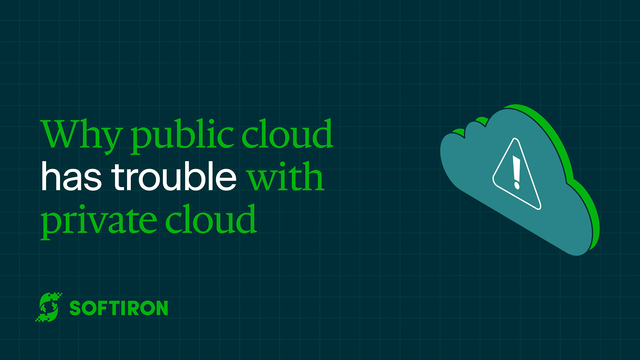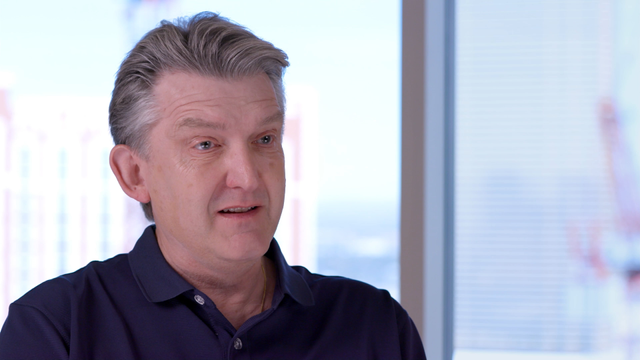True Private Cloud Solutions by Leading Private Cloud Provider
Plug and play true private cloud

Purpose-built for private cloud
From day one, our goal was to create a solution that allowed organizations to build on-premises infrastructure that behaved like a true private cloud, not legacy data center infrastructure. We built a storage layer first (just as Amazon did with S3), where we perfected the fundamental scaling issues, taking a systems and holistic view of the problem.
After we had delivered our private cloud storage nodes, we added compute nodes and interconnects. The result is HyperCloud: a unique technology that allows you to scale your cloud atomically and horizontally. HyperCloud supports hybrid cloud deployments and can be configured as a managed private cloud or a hosted private cloud, providing robust private cloud infrastructure with advanced cloud security. Our cloud service provider partnerships ensure seamless cloud hosting and private cloud hosting solutions.
Starting from scratch
Building a true private cloud requires completely rethinking how to design and build infrastructure from the ground up.
First, you cannot build a true cloud with a legacy data center infrastructure. Building a true private cloud is only achievable by using purpose-built cloud infrastructure designed specifically for the cloud.
This is something the hyperscalers realized more than 15 years ago. They abandoned legacy infrastructure at that time, moving to designing, building, and using purpose-built cloud infrastructure ever since.
As we examined the challenge, we ultimately found that there are four core principles that one must commit to in order to build robust cloud infrastructure. By following these principles, cloud providers can ensure a seamless and efficient cloud experience.
Natively ephemeral
A true cloud infrastructure is able to independently spin up additional resources—whether that be compute or cloud storage capacity—without effort. Equally, those resources should “disappear” again when not required, able to be consumed by other tenants or services within the virtual private cloud.
To achieve this, HyperCloud nodes don’t hold their state, instead getting their assignment from the cluster on boot. They pull their configuration and begin working. When a workload spins down, the node’s resources are released and placed back in the pool, awaiting its next service.
This ephemerality means HyperCloud nodes are auto-configured, maintained, and hot-swappable, ensuring seamless cloud infrastructure management. As one of the leading private cloud providers, SoftIron ensures that HyperCloud offers unmatched efficiency in cloud service delivery and cloud platform performance.


Atomic peering
Cloud infrastructure is built to be easily consumed, not built or configured. If you build your cloud from a rat’s nest of generic servers and subsystems, you can never quickly, simply, and effortlessly consume it. Eventually, its complexity and fragility will mean it will fail, or you’ll have to stop everything and reconfigure manually.
That is not a cloud solution.
The foundation of SoftIron’s HyperCloud is the atomic cloud peer (ACP). “Atomic” means these units are the basic, immutable building blocks of the cloud. “Peer” means they are all peers—they all contain the critical cloud elements to operate as a unified fleet—true whether the nodes are optimized for compute, storage, interconnect or any other task-specific function.
They contain all the important hardware platform design elements; the “cloud DNA” that enables SoftIron infrastructure to behave as a true private cloud. As a leading cloud provider, SoftIron ensures that HyperCloud delivers a robust cloud platform, optimized for seamless cloud computing.
Fleet intelligence
A true cloud infrastructure distributes its management across the installed infrastructure, ensuring there is never any supervisor, single point of failure or choke point.
As new nodes appear, they are assimilated into the cloud platform and automatically configured by the existing cluster. As a fleet sharing common hardware and software management capabilities, the cluster can detect problems, self-maintain and self-heal. When an upgrade is required, a single update is applied to the cluster that updates all hardware and software autonomously and without service interruption, ensuring seamless cloud computing within the private cloud.


Robust scale-out
Like a swarm of bees in nature, fleet intelligence and resilience grow seamlessly as the swarm grows, incrementally adding greater redundancy and management resources every time additional nodes are added to the cloud platform.
This ability to scale out is independent of any one type for compute or storage technology, allowing any and all to be added as the cloud grows, with no theoretical maximum. This flexibility ensures smooth cloud migration and efficient utilization of cloud resources.
Adding nodes is a simple operation, requiring nothing more than racking and stacking the additional nodes. This straightforward cloud deployment enhances the robustness of the private cloud environment, adapting to the evolving cloud environment without disruption.
How do I build a cloud using HyperCloud?
It’s deceptively simple. For smaller installations you’ll only need around half a dozen bits of information to configure your private cloud solution, and you could be up and running that same day.

Work with us or a SoftIron + Co channel partner to define the workloads you initially want to run and the performance and resilience they’ll need in your cloud environment.

We’ll guide you in selecting the right configuration of HyperCloud nodes. All the software to deploy, scale, manage, and consume your cloud comes with the nodes, so no need to worry about additional complex licensing models or multiple vendors.

Place your order, and we’ll get your cloud deployment underway in one of our SoftIron advanced manufacturing sites.

Receive your nodes at your data center or a location of your choosing and we’ll guide you through the install. You can do this alone, with us or with a SoftIron + Co partner, or a combination—the more the merrier! As a leading cloud service provider, SoftIron ensures a seamless setup for your private cloud platform.
Only HyperCloud delivers a true cloud experience
-
Build like cloud
HyperCloud is not your ordinary solution. It goes beyond that, offering a comprehensive set of meticulously crafted building blocks that serve as the bedrock for a transformative era in IT infrastructure.
HyperCloud is meticulously designed, not assembled, to ensure that every single element, be it the sovereign manufactured hardware components or the robust software architecture, works harmoniously to elevate and empower your operations.
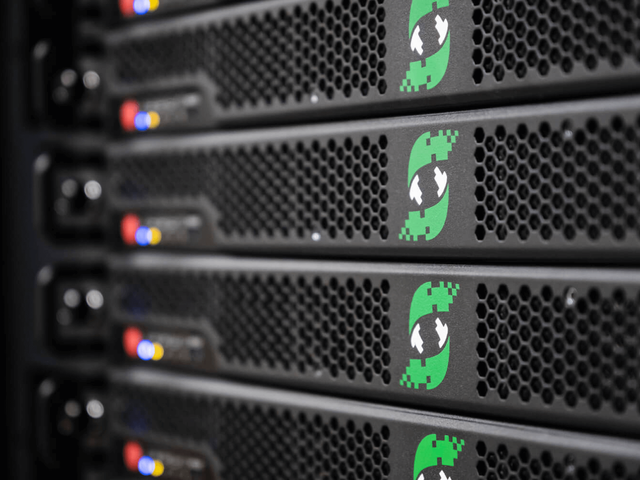
-
Deploy like cloud
With the simplicity and speed reminiscent of cloud computing, HyperCloud empowers you to deploy and manage infrastructure components effortlessly.
Whether you’re creating new virtual instances, rolling out applications, or provisioning services, HyperCloud brings the cloud’s agility and efficiency to your on-premises environment.
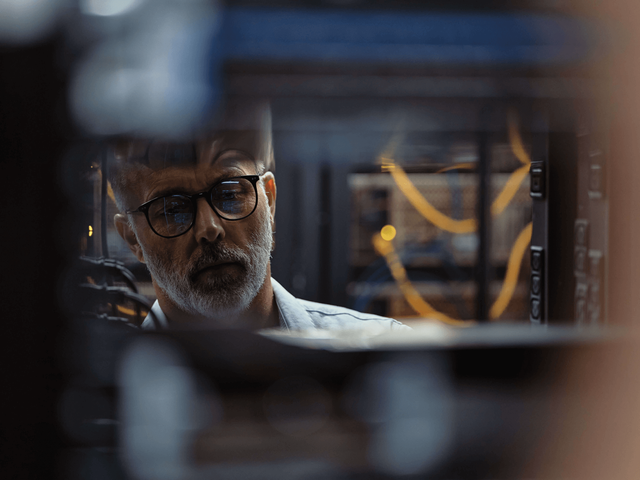
-
Scale like cloud
HyperCloud equips you with the tools to effortlessly expand your resources in response to demand, just like the dynamic nature of cloud environments.
Whether it’s adding more computing power, storage capacity, or network resources, HyperCloud’s flexible and efficient scaling capabilities ensure that you can meet your business requirements without the constraints of traditional hardware.

-
Manage like cloud
Break free from the complexities and limitations of legacy infrastructure management. HyperCloud grants you the power to orchestrate resources effortlessly, mirroring the fluidity of cloud services.
With a unified interface and robust tools, efficiently provision, monitor, and enhance your infrastructure elements. Embrace intuitive, adaptable resource management like the cloud, and redirect your focus to strategic innovation.

Other clouds just don’t get it
Leftovers might make for a good stew, but they’re a recipe for failure in the private cloud. The ingredients of your cloud infrastructure shouldn’t be a mystery. We are the only private cloud vendors who make everything you need from scratch. And it makes all the difference.
HyperCloud in action

Capturing flight data at the edge
The United States Air Force 96th Test Wing stores 5.4PB per aircraft per year of audio, video, and telemetry data from test flights, all on a private cloud built using HyperCloud by SoftIron.

Revolutionary cloud services delivered
Etage enables cloud-level IT agility, elasticity and security at drastically lower operational and energy costs.

Bringing scale and efficiency
US Signal, a MidWest MSP found more effective cluster management across disparate sites with better resilience to enable stringent SLA adherence with HyperCloud.

Unlocking infinite scalability & resilience
THG’s state of the art platform Ingenuity—built on HyperCloud by SoftIron—not only supports, but accelerates their ecommerce business and is the power behind well-known gaming, streaming and hosting brands.
Our private cloud vision
From day one, our mission has been to build true private cloud. Hear why, and how we’ve built just that.
What is private cloud?
- Kenny Van Alstyne
- CTO
- 3:15
Don’t build your own cloud
- Phil Crocker
- CRO
- 1:55
